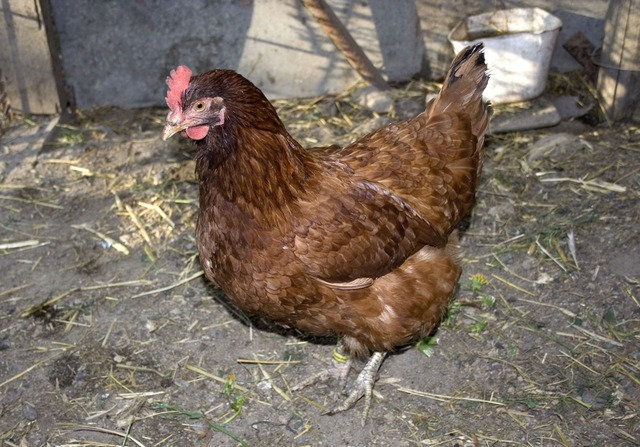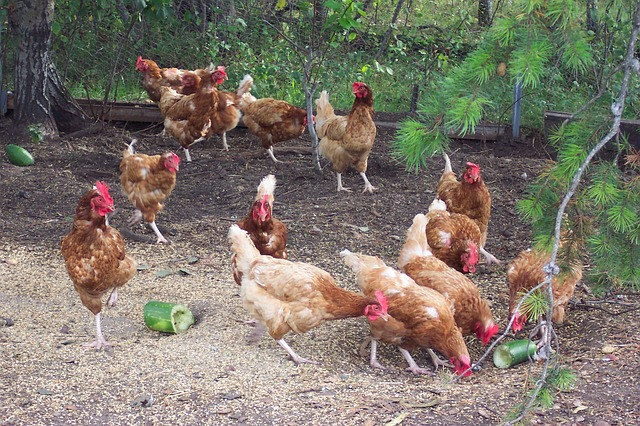When choosing what breed of chicken you might like to keep you need to think about a few things;
- Are looks important or are you mostly interested in the number of eggs?
- What is you weather like?
- Do you have enough space for full-size hens or would bantams be better?
If looks rank highly then you are obviously going to want to find the most aesthetically pleasing breeds for you. There are many ‘fancy’ bantam breeds that have attractive feathering. They usually don’t lay as many eggs (and the eggs are smaller) but they look lovely in your yard.
Watch out for : Feathered feet that can be a drag (literally) if you live somewhere that is often wet and muddy.
Very cold weather can be hard for these smaller breeds to cope with – extra considerations may be needed with the coop.
If you are interested in eggs than a breed such as the Rhode Island Red may be a good choice; they are a good size, hardy in all weathers, and lay eggs almost daily.
A Chick Flick.
Chickens exploring outside their pen and having a fun time. They are about four and one half months old. They are starting to get their combs. No eggs yet. Three Rhode Island Reds, Three New Hampshires and one Buff Orphington.




 I have never gone as far as insulating the coop walls – although that is an option for me it has never really seemed necessary.
I have never gone as far as insulating the coop walls – although that is an option for me it has never really seemed necessary.